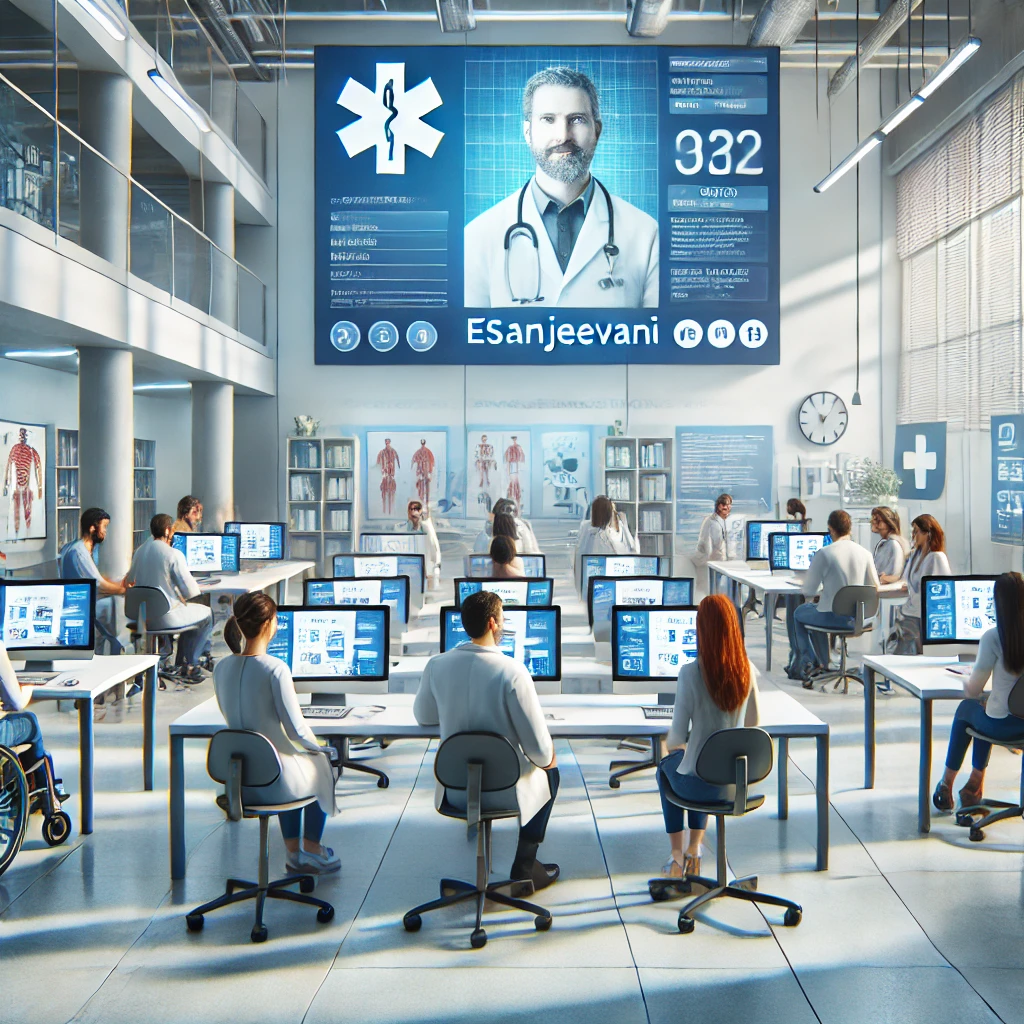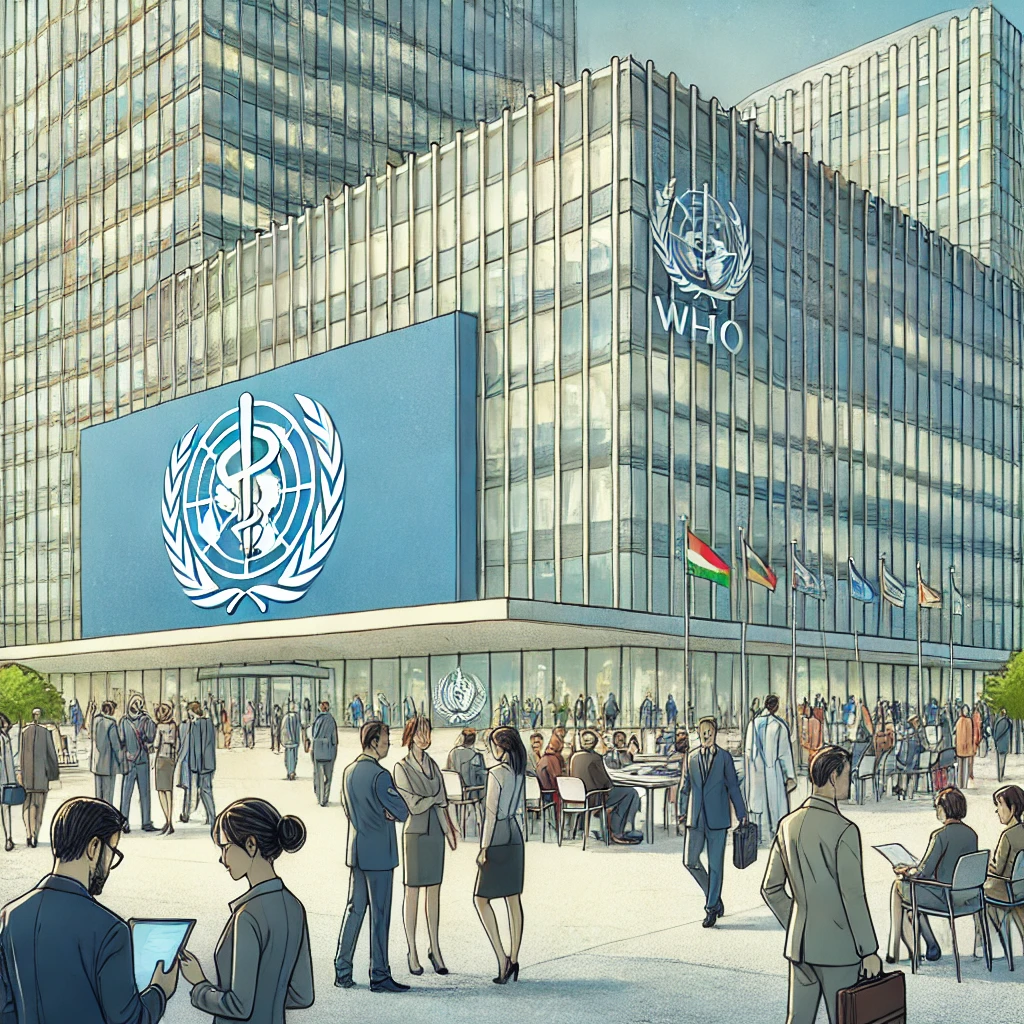The National Telemedicine Service of India (eSanjeevani) has recently achieved a major milestone with 8 crore teleconsultations. This digital platform has registered 1 million consultations in just five weeks, showcasing its rapid growth and acceptance. eSanjeevani is part of the Ayushman Bharat Digital Health Mission (ABDHM) and has generated over 45,000 ABHA IDs. The top states using this service include Andhra Pradesh, West Bengal, Karnataka, Tamil Nadu, Maharashtra, Uttar Pradesh, Madhya Pradesh, Bihar, Telangana, and Gujarat.
- The e-Sanjeevani is a flagship telemedicine platform of the government, developed by the Centre for Development of Advance Computing (C-DAC), Mohali, under the aegis of the Ministry of Health and Family Welfare (MoHFW).
- One can also access quality health services remotely via eSanjeevani by visiting the nearest Ayushman Bharat Health & Wellness Centre.

What is eSanjeevani?
eSanjeevani is a national telemedicine service that offers digital consultations, providing an alternative to traditional physical consultations. It was integrated into the Ayushman Bharat Digital Health Mission (ABDHM). The platform has generated over 45,000 ABHA IDs and is widely used in states like Andhra Pradesh, West Bengal, and Karnataka. It aims to digitize healthcare services, making quality medical consultations accessible to a broader population.
eSanjeevani operates as a cohesive digital platform under the Ayushman Bharat Digital Health Mission (ABDHM), providing teleconsultations as an alternative to physical consultations. It has successfully generated over 45,000 ABHA IDs and is widely used across states such as Andhra Pradesh, West Bengal, and Karnataka, among others. This national telemedicine service is pivotal in digitizing healthcare services in India.
Two Verticals of eSanjeevani
Ayushman Bharat Health and Wellness Centres (AB-HWCs) Programme
The AB-HWCs Programme seeks to bridge the rural-urban digital health divide by offering assisted teleconsultations. Operating on a Hub-and-Spoke model, it connects state-level AB-HWCs with zonal hubs comprising MBBS and speciality doctors. This model has been implemented in 1,09,748 AB-HWCs and 14,188 hubs, achieving over 7 crore teleconsultations. Thereby ensuring rural beneficiaries have access to quality healthcare.
eSanjeevani OPD
eSanjeevani OPD provides teleconsultations to citizens in both rural and urban areas through smartphones, tablets, and laptops. These enable patients to consult doctors from their residences. eSanjeevani was developed by C-DAC Mohali under the Ministry of Electronics and Information Technology (MeitY), eSanjeevaniOPD has trained and onboarded over 2,22,026 specialists and health workers. Thus, serving an impressive 4.34 lakh patients in a single day.
Telemedicine Benefits
Telemedicine, through eSanjeevani, has emerged as a game-changer, particularly for rural populations lacking access to medical specialists. It offers significant time and cost savings, aligning with the Digital India initiative. During the COVID-19 pandemic, telemedicine played a crucial role in maintaining healthcare continuity, demonstrating its value in emergencies and beyond.
Conclusion
eSanjeevani exemplifies India’s commitment to universal health coverage through digital innovation. Bridging the healthcare gap between urban and rural areas aligns with the Digital India initiative and addresses critical health needs efficiently. Understanding such transformative policies is essential for civil service aspirants, as they reflect the evolving landscape of governance and public service in India.


